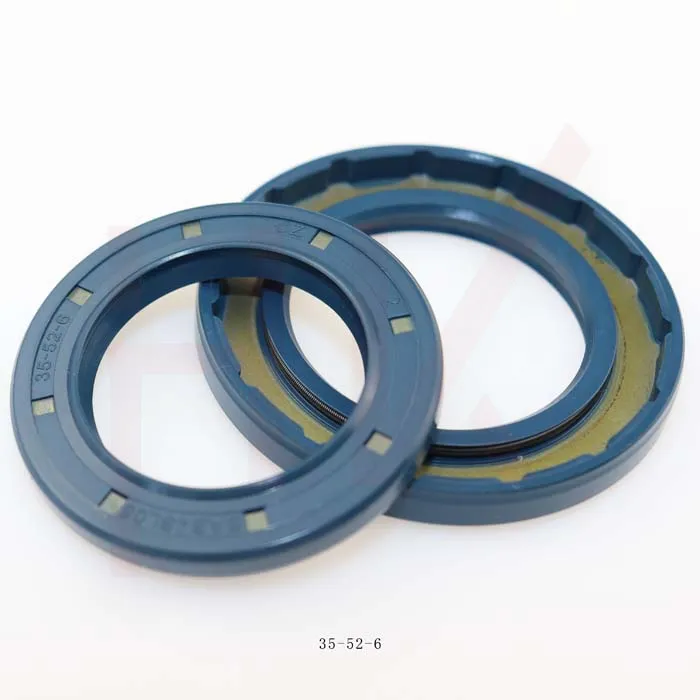Ное . 14, 2024 20:00 Back to list
seal kit for hydraulic motor
Understanding Seal Kits for Hydraulic Motors Essential Components for Efficiency and Longevity
Hydraulic motors are critical components in various industries, powering machines and tools that require high torque and precision. To ensure these motors operate efficiently and have a long service life, a crucial aspect to consider is the seal kit associated with them. Seal kits play a pivotal role in maintaining the integrity of hydraulic systems, preventing leaks, and protecting sensitive components from contamination. This article explores the importance of seal kits for hydraulic motors, their components, and tips for maintenance and replacement.
What is a Seal Kit?
A seal kit is a package that contains all the necessary seals, gaskets, and O-rings needed to repair or overhaul a hydraulic motor. These kits are designed to provide a complete sealing solution, ensuring that the hydraulic fluid remains contained within the system and does not leak out. The right seal kit not only prevents fluid loss but also keeps out dirt and contaminants that could compromise the motor's performance.
Components of a Seal Kit
A typical seal kit for a hydraulic motor may include several types of seals
1. O-Rings These circular seals are used in various applications within hydraulic motors to create a tight seal between different components. Available in various materials and sizes, O-rings are crucial for preventing fluid leakage.
2. Rod Seals Utilized to seal the areas where a moving rod enters and exits the hydraulic motor, these seals are designed to withstand dynamic pressures and movement while preventing any fluid escape.
3. Piston Seals These seals operate within the cylindrical portion of the motor, facilitating effective fluid movement while preventing leaks. Piston seals are engineered for high-pressure environments.
4. Back-up Rings Often used in conjunction with O-rings or piston seals, back-up rings provide additional support to withstand high pressures, preventing extrusion of the primary seals.
5. Gaskets Gaskets are used to ensure that flat surfaces within the hydraulic motor are sealed effectively. They can be made from various materials, including rubber, foam, or metal, depending on the specific requirements.
seal kit for hydraulic motor

The Importance of Quality Seal Kits
Investing in high-quality seal kits is critical for the performance and longevity of hydraulic motors. Poor-quality seals can lead to premature failures, resulting in costly downtime and repairs. High-quality seal kits should be manufactured from durable materials that can withstand the specific conditions they will face, such as temperature fluctuations, pressure extremes, and exposure to chemicals.
Maintenance and Replacement Tips
Proper maintenance and timely replacement of seal kits can extend the life of hydraulic motors. Here are some key tips
1. Regular Inspections Periodically check for signs of leakage or wear in the seals. Catching issues early can prevent more severe damage and costly repairs.
2. Check Compatibility When purchasing seal kits, ensure they are compatible with your specific hydraulic motor model. Manufacturers often provide compatibility charts or guidelines.
3. Follow Manufacturer Guidelines Adhere to the maintenance schedule and recommendations set out in the manufacturer’s manual. This may include specifying intervals for seal replacement.
4. Use Correct Tools and Procedures When installing or replacing seals, use the proper tools and methods to avoid damaging the seals or other motor components.
5. Store Properly When not in use, store seal kits in a cool, dry place away from direct sunlight to prevent material degradation.
Conclusion
Seal kits are indispensable components of hydraulic motors, ensuring their efficient operation, preventing leaks, and safeguarding against contamination. By understanding the essential components of seal kits and recognizing the importance of quality, maintenance, and replacement, operators can significantly enhance the performance and reliability of their hydraulic systems. Investing in proper seal kits and adhering to maintenance protocols is vital for minimizing downtime and extending the lifespan of hydraulic machinery.
-
TCN Oil Seal Metal Ring Reinforcement for Heavy Machinery
NewsJul.25,2025
-
Rotary Lip Seal Spring-Loaded Design for High-Speed Applications
NewsJul.25,2025
-
Hydraulic Cylinder Seals Polyurethane Material for High-Impact Jobs
NewsJul.25,2025
-
High Pressure Oil Seal Polyurethane Coating Wear Resistance
NewsJul.25,2025
-
Dust Proof Seal Double Lip Design for Construction Equipment
NewsJul.25,2025
-
Hub Seal Polyurethane Wear Resistance in Agricultural Vehicles
NewsJul.25,2025
-
The Trans-formative Journey of Wheel Hub Oil Seals
NewsJun.06,2025
Products categories
















